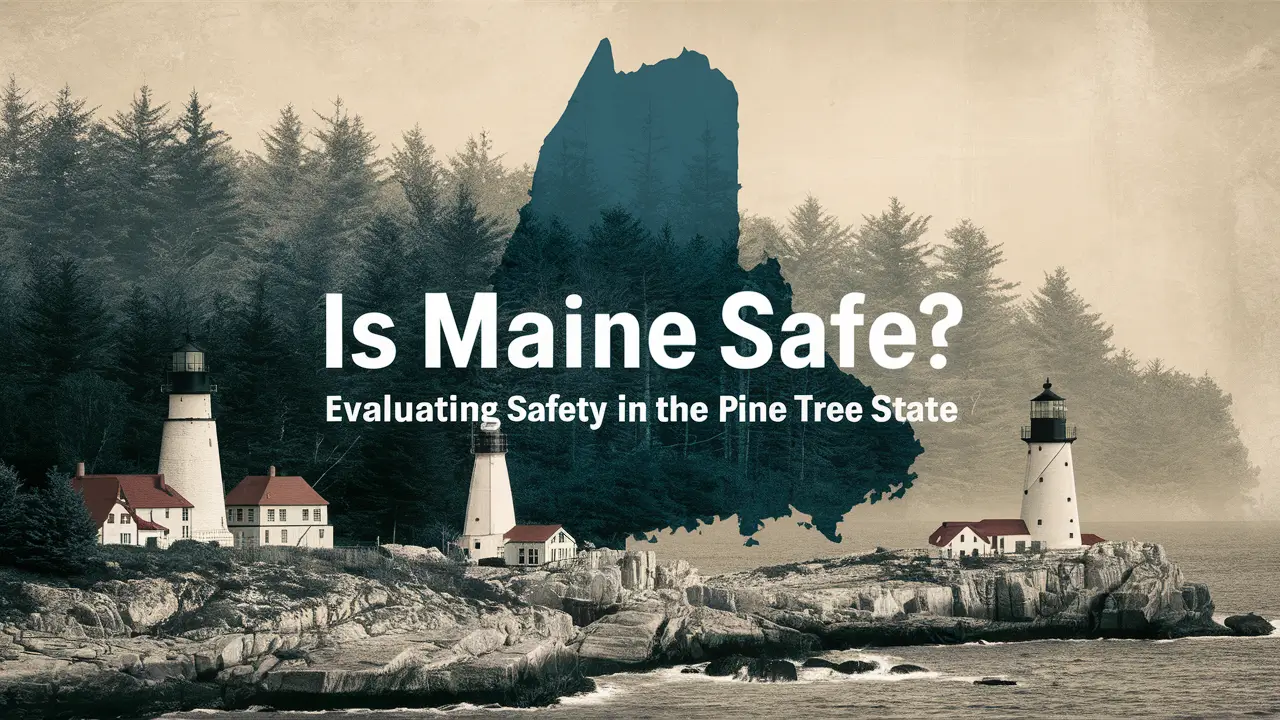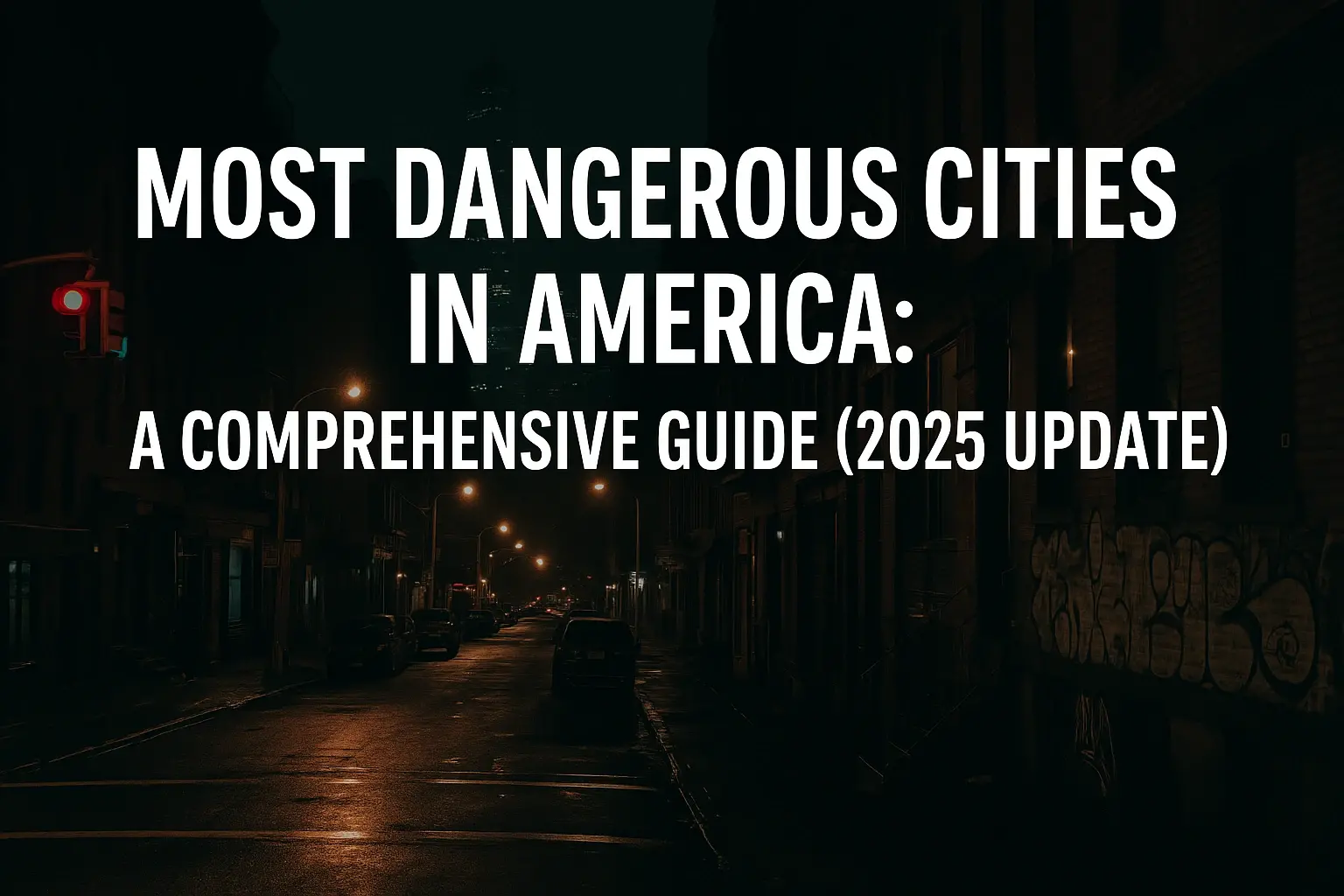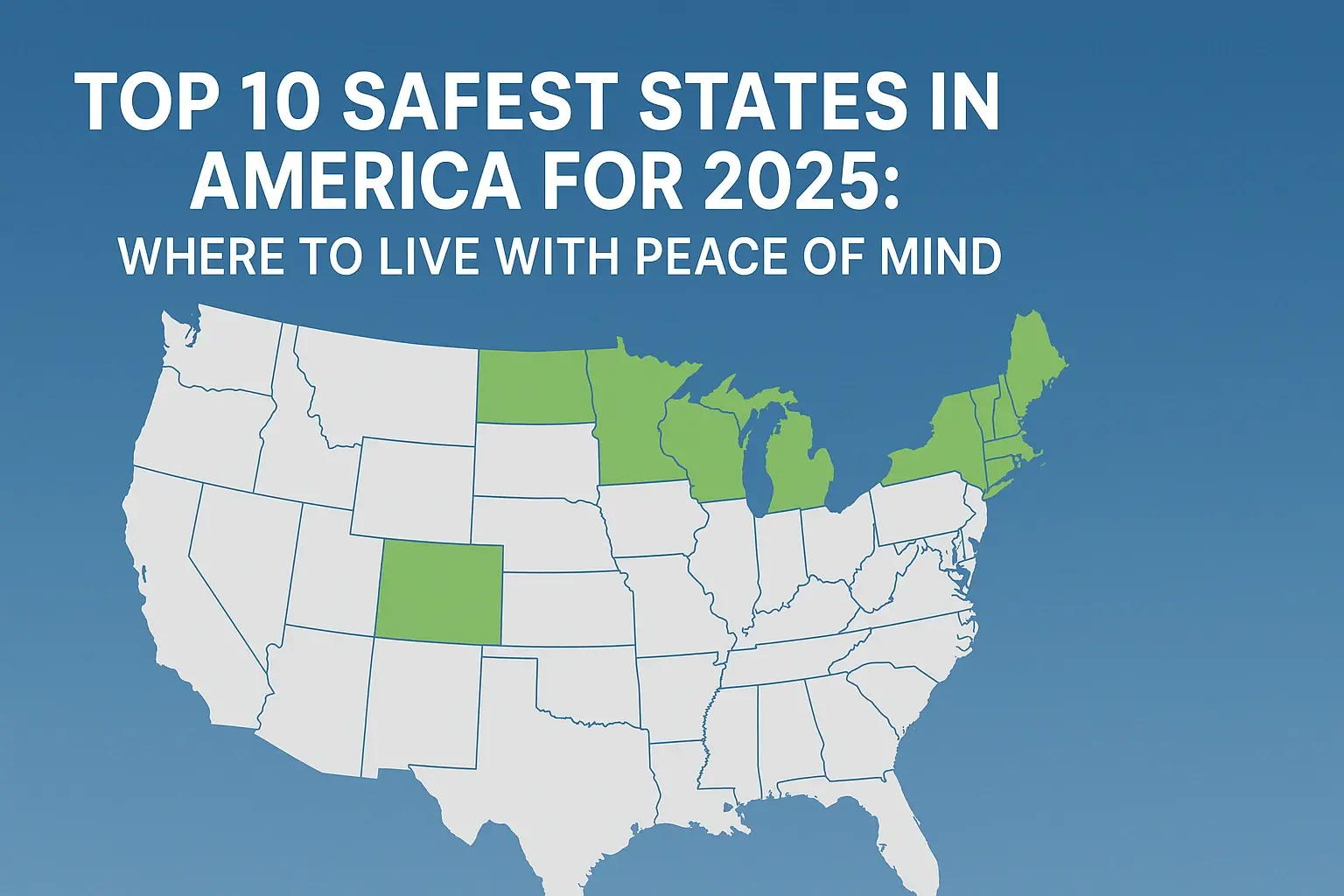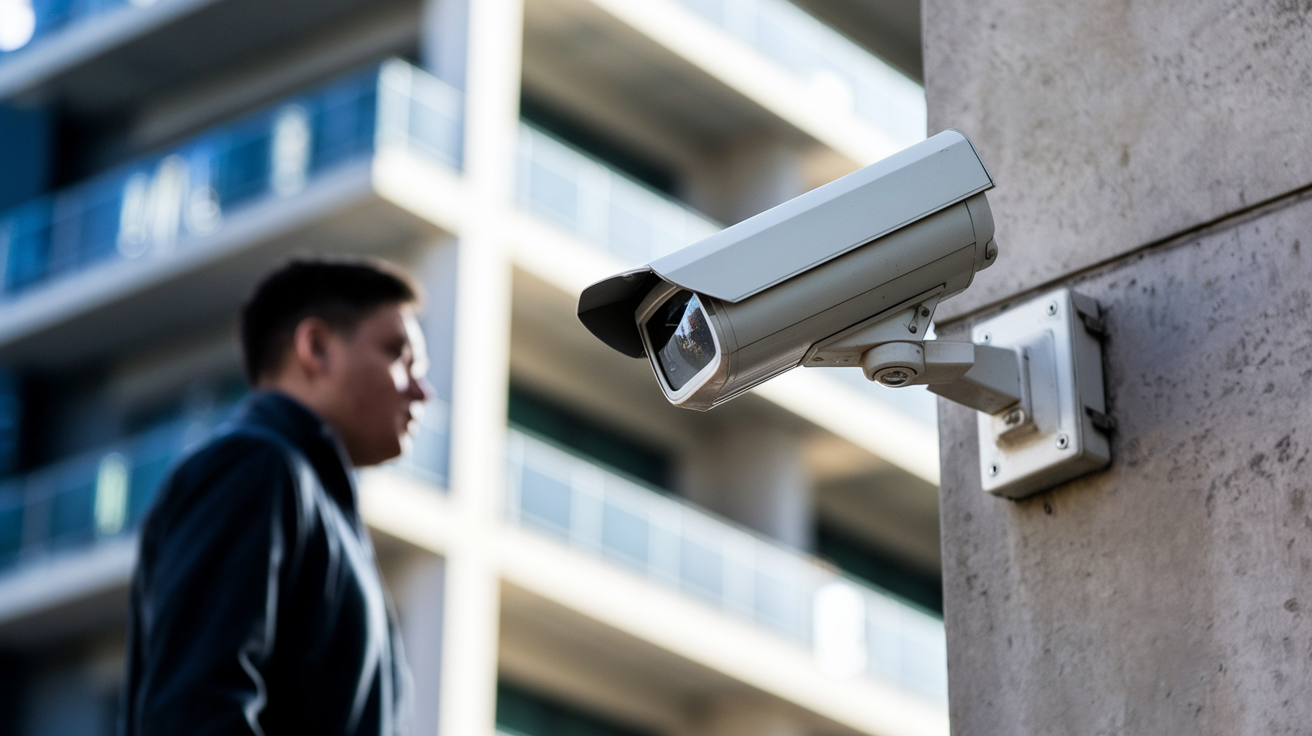The image that is depicted about Maine is that it is a safe, calm place with little to no cases of criminal acts and few threats of natural disasters. But is the Pine Tree State as safe as is strongly believed by most people?
Crime Rates
Maine is not very high concerning violent and property crime rates compared to other states. Maine’s violent crime rate is currently at 186.9 per 100,000 residents which is 39% lower than the national average of 306.6 per 100,000 residents while the property crime rate is 28% below the national average. Comparing crime rates of Maine to other states in the US, Maine can be ranked near the bottom for such crimes as murder, rape, robbery, and aggravated assault. However, Maine is not a private production without crime. Crimes related to drugs for instance have steadily been on the rise, Maine recorded the highest cases of drug overdose deaths in the last few years. But in general, it is relatively safe to live in Maine and the chance to become a victim of a crime, particularly violent crime is significantly low.
Natural Disasters
Maine has relatively small vulnerabilities to extreme climatic events and natural disasters. Maine is hit by hurricanes very seldom and this is because the seas around this region are cold and they tend to disrupt any hurricanes before they get to the land. Maine experiences virtually no earthquakes and tornadoes, and very few occurrences of such a calamity in its history. However, the most severe storm conditions can lead to building and content losses and life safety issues due to protracted loss of heating, cooling, lighting, and other essential power. The homeowners are also at risk of flooding, but the problem mostly occurs in areas close to rivers rather than sea level. Although it has an extreme climate, Maine does not have some of the other catastrophic natural events that are experienced in other areas.
Health and Safety Risks
In terms of public health and safety threats, which are typically associated with increased rates of crime Maine is not badly off. It has better provision of physicians, quality hospitals, and emergency medical services than this index in almost all other parts of the state. Levels of preventable mortality, poisoning by drugs, and suicide are higher in some countries but are significantly lower than the mean rate per state and the United States. Ambient air and water quality are relatively satisfactory to the majority of EPA guidelines. Injury rates are relatively low compared to the national average for workplace-related incidents. But distracted driving has caused fatalities, and seat belt reclaimant remains below the national average. And with increased life span in the people of Maine, there are other safety concerns such as the abuse of the elderly and accidents in their homes. On balance, however, Maine is a relatively healthy state with good access to medical care while avoiding the worst of the dangers that can come with higher risks.
Infrastructure Condition
Maine is the most central state in the sample, receiving average scores for the quality and safety of infrastructure. On one hand, there are objective grounds to state that Maine performs reasonably well in terms of the transportation infrastructure. It is ranked as having some of the lowest rates of structurally deficient bridges among all the states in the nation. Traffic congestion is not much of an issue and continues to be less compared to other states. Road construction and maintenance are relatively good, nonetheless, the harsh winter affects this aspect slightly. While new projects in the fields of hydropower and flood control are rare in Maine, the existing dams and levees require increasing amounts of investment in infrastructure. More than one quarter considers it inadequate, and this may endanger downstream societies during such large floods.
Outdoor Safety
Although the beauty of nature and recreational activities in Maine are good, the state’s safety protection on the land is diminished and below average. The state owns and controls more than millions of acres of forests, but it does not have nearly the number of rangers to police such a territory. Top dog, the search and rescue equipment is limited. Those who go off-road fishing or hunting in secluded areas of Maine increase their risks if not well-equipped. However, millions of people get on the state’s trails and parks each year and enjoy safety with the right measures in place. Maine thus contrasts stunning wilderness and natural attractions that attract tourists, hikers, and outdoor enthusiasts with the practicality of maintaining the safety of people in such areas.
The Bottom Line on Safety in Maine
As in all other places, Maine is not devoid of crime, nonetheless, it remains one of the safest states according to most indicators. The level of violent crime is low; natural disasters are not frequent; health standards are typically good; and although some infrastructures may be showing signs of being old, they can be considered to be solid overall. Points of contention such as opioids in Maine, troubled dams, and scarce backcountry monitoring indicate room for enhancement. However, risks to individuals and societies persist in ordinary circumstances and are still lower in Maine than in many other states. To a large extent, Pine Tree State has provided a secure environment for most of its residents or visitors for work and leisure.







